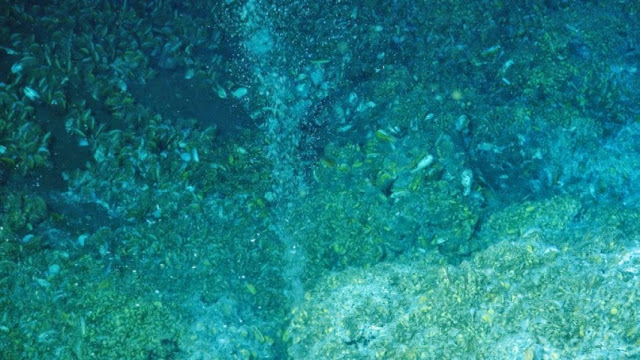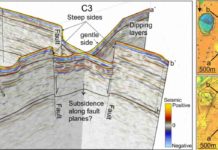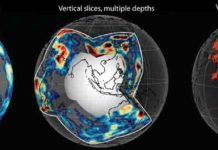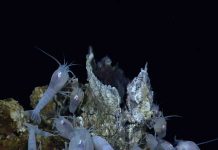
Offshore the Svalbard archipelago, methane gas is seeping out of the seabed at the depths of several hundred meters. These cold seeps are a home to communities of microorganisms that survive in a chemosynthetic environment — where the fuel for life is not the sun, but the carbon rich greenhouse gas.
There is a large, and relatively poorly understood, community of methane-consuming bacteria in this environment. They gorge on the gas, control its concentration in the ocean, and stop it from reaching the ocean surface and released into the atmosphere.
In the atmosphere methane is a much more potent climate gas than CO2 and it can amplify current global warming.
However, a new study published in Nature Geoscience shows that ocean currents can have a strong impact on this bacterial methane filter.
Varies drastically
Oceanographer Benedicte Férré, who is a team leader at CAGE, is a co-author of the study. It shows that the level of activity of the methane-consuming bacteria varied drastically over very short time spans.
The international team of scientists behind this study was able to detect that the fluctuations in bacterial communities changed at the whim of the West Spitsbergen Current that carries warm water from Norwegian Sea to Arctic Ocean. Important oceanographic factors such as water temperature and salinity changed.
The warm and salty current swept over the methane seeping sites, and carried bacteria communities away, thus disturbing methane filtration processes.
Important for the future release
This bacteria filter could become even more important in the future, because environmental change can cause bottom water warming in the Arctic Ocean.
As a consequence methane rich gas hydrates in the ocean floor dissociate, and release even more gas to the water column. This could increase food supply for bacteria. But whether bacteria are able to consume the methane depends on ocean current dynamics as documented by Ferre and her team.
Future methane release from the ocean to the atmosphere will depend on ocean currents.
“We were able to show that strength and variability of ocean currents control the prevalence of methanotrophic bacteria,” says Lea Steinle from University of Basel and the lead author of the study, “therefore, large bacteria populations cannot develop in a strong current, which consequently leads to less methane consumption.”
Reference:
Lea Steinle, Carolyn A. Graves, Tina Treude, Bénédicte Ferré, Arne Biastoch, Ingeborg Bussmann, Christian Berndt, Sebastian Krastel, Rachael H. James, Erik Behrens, Claus W. Böning, Jens Greinert, Célia-Julia Sapart, Markus Scheinert, Stefan Sommer, Moritz F. Lehmann, Helge Niemann. Water column methanotrophy controlled by a rapid oceanographic switch. Nature Geoscience, 2015; 8 (5): 378 DOI: 10.1038/ngeo2420
Note: The above story is based on materials provided by CAGE – Center for Arctic Gas Hydrate, Climate and Environment.










